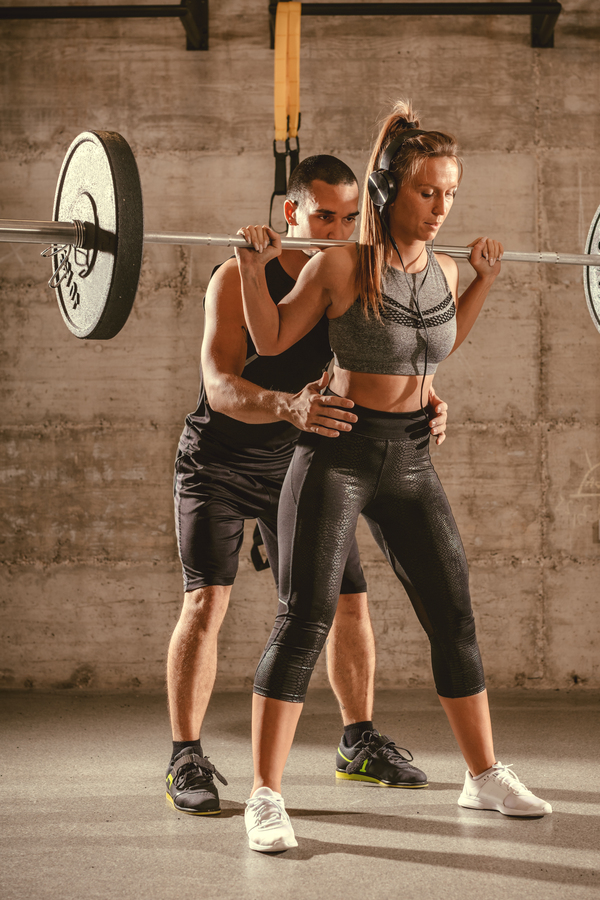Cross-functional fitness is a high-intensity workout program that combines elements of weightlifting, cardio, and gymnastics. It’s a popular choice for many people looking to improve their physical and mental well-being, but it can be intimidating for beginners.
This beginner’s guide to cross-functional fitness will introduce the primary information of the workout, including common exercises, vocabulary, and safety tips.
Before starting any new training program, it’s important to consult with a healthcare professional to ensure that it’s safe for you. Cross-functional fitness is a high-intensity workout, so it’s critical to keep a good level of sports preparation before beginning.
What Do You Need to Know

The first thing to understand about cross-functional fitness is that it’s created to be scalable, which means that it can be adapted to suit the abilities of people of all sports levels. This is essential to remember, as the motions can be modified to suit your current healthiness level.
Cross-functional workouts are called “WODs” or “Workouts of the Day”. These WODs typically consist of a combination of weightlifting, cardio, and gymnastics movements. The exercises target different muscle groups, which can help build lean muscle mass and improve overall strength.
Additionally, high-intensity workouts can help burn fat and increase muscle definition. Let’s break down what movements you will meet during these days:
The most common activity in cross-functional fitness is the “air squat”. This movement is accomplished by standing with your feet shoulder-width apart, then sitting back and down as if you were going to sit in a chair. The movement should be controlled, and you should aim to keep your back straight.
Another joint movement is the “push-up”. This activity is performed by starting in a plank position, with your hands placed slightly wider than shoulder-width apart. Lower your body down towards the ground by bending your elbows, then push back up to the starting position.
The motion should be controlled, and you should aim to keep your body in a straight line throughout the training.
The “deadlift” is another common practice in cross-functional fitness. This training is performed by starting with a barbell on the ground, then picking it up by hinging at the hips and bending your knees. The movement should be controlled, and you should aim to keep your back straight during the exercise.
This sport includes cardio movements such as “jogging” and “rowing”. These exercises are created to enhance cardiovascular wellness and muscle endurance.
The “box jump” is a common gymnastics exercise. This activity is performed by standing in front of a box, then jumping onto the box with both feet. The movement should be explosive and powerful.
Another common gymnastics training is the “pull-up”. This exercise is performed by hanging from a pull-up bar with your hands placed slightly wider than shoulder-width apart. Pull your body up towards the bar, then lower back down in a controlled manner.
This sport also includes “kettle bell swings” and “medicine ball slams, ” designed to increase power and explosiveness.
It’s important to remember that the terminology operated in cross-functional fitness can be intimidating for beginners. However, most gyms and coaches are happy to explain the terms and movements, so don’t be afraid to ask for help if you’re unsure about something.
Let’s Sum Up
This sport is a high-intensity workout program that combines elements of weightlifting, cardio, and gymnastics. It’s designed to be scalable, which means that it can be adapted to suit the abilities of people of all fitness levels.
This beginner’s guide provided an introduction to the basics of the workout, including common activities such as air squats, push-ups, deadlifts, and box jumps, as well as cardio movements such as rowing and jogging, and gymnastics activities such as pull-ups and kettlebell swings.
It’s important to consult with a healthcare professional before starting any new exercise program and to remember that the terminology and motions can be intimidating initially, but most gyms and coaches are happy to explain and help.